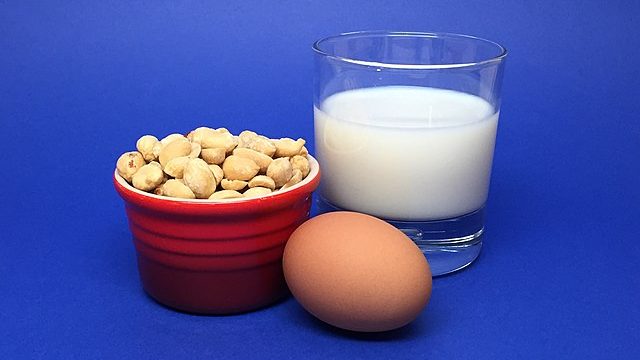A drop in wholesale prices has not stopped eggs to remain expensive at American grocers, downsizing Easter rites.
Holiday weekend demand could keep retail rates at $6.23 for a large dozen and spoil seasonal fun.
One fun tradition is “dye Easter eggs,”where folks use natural ingredients or food grade chemicals to color hard-boiled eggs.
A survey reveals that 94% of families will continue the coloring activity in 2025, but 78% will decrease the quantities to dye.
No Plastic Fakes for the White House Egg Roll
Another tradition is the annual White House egg roll set for April 21, with a bounty of 30,000 eggs.
Sourcing such an amount in this day of avian flu may prove a challenge. President Trump, however, has vowed to go ahead without using plastic egg alternatives.
Luckily, these thousands are usually donations that do not directly influence retail prices across the board.
For the 2025 event, the American Egg Board is gifting the White House some 2,500 dozen boxes of real shelled types.
The 140-year rite on the White House’s lawn pits the President, the First Lady, families and children in themed games.
Bleak Demand Ahead of Easter
While D.C. is rolling the cuisine games, on the real ground the price is dampening demand, unlike in past Easters.
According to an April 11 report by the U.S. Department of Agriculture (USDA), wholesale prices shed $0.10 partly from ebbing demand.
Retailers however have kept their foot down and only reduced prices marginally to around $6.23 a dozen.
Limited ads for eggs prior to Easter that the USDA surveyed also show a little increase in offers by $0.30 a dozen.
California remains the one place with the priciest margins, based on its overall wholesale price decrease. While New York cut $0.18 before April 11 to $3.08, California only shed $0.10 to $5.95 per large dozen.
Therefore it looks like Easter eggs in 2025 will be a killjoy for spring celebrations due to both dipping demand and price. Below are general statistics on how this holiday staple generally performs at this time of the year.
United States Easter Eggs Statistics
The United States has an annual output of 90 billion eggs, and180 million of these end up in dishes every Easter. Demand for eggs elevates each holiday season and comes with its cuisine favorites, too. According to the Food Institute, Easter chocolate eggs alongside bunnies claim 44% of the seasonal favorites. This is even as candy-embellished eggs get a further 18% in seasonal favoritism.
How big is the Easter confectionary market in the U.S.?
Eggs, candy and other foods make up a giant $191 billion-strong American confectionary market annually, the biggest worldwide. Each year, Easter claims between $3.3 and $5.3 billion of this market size. With their multiple uses from making bunnies to coloring foods, these poultry products expand the seasonal purchasing power.
Which are the most popular Easter egg dishes in the U.S.?
Chocolate eggs, bunnies, dyed Easter eggs and candied eggs in descending order of popularity are the predominant homemade recipes. In terms of branded takes, Instacart reveals that 88% of the population favors Cadbury Easter Creme eggs and Reese’s Peanut Butter eggs.
